
Article by Vivion O’Kelly
Spain is one of the top countries in the world in which to invest in renewable energies, and green energy is set to play a decisive role in its post-Covid economic recovery.
A flight to London from Malaga Airport on a clear day with a window seat tells us that, apart from the relatively narrow northern coastal strip, Spain is not green. But its wind and its sunshine make it one of the most attractive countries in the world for investment in clean energy. In fact, it stands at number ten in the prestigious Renewable Energy Country Attractiveness Index, thanks mostly to photovoltaic solar energy and wind power. And this is just the beginning.
The index also encourages new technologies as a means of improving asset management and demand forecasting, through use of the Internet of Things (IoT), sensors, big data and artificial intelligence algorithms, and a firm commitment to such technologies has already been made at national level. Given that green energy will be a decisive factor in the economic recovery of the country, risk for investors in renewable energy has been vastly reduced.
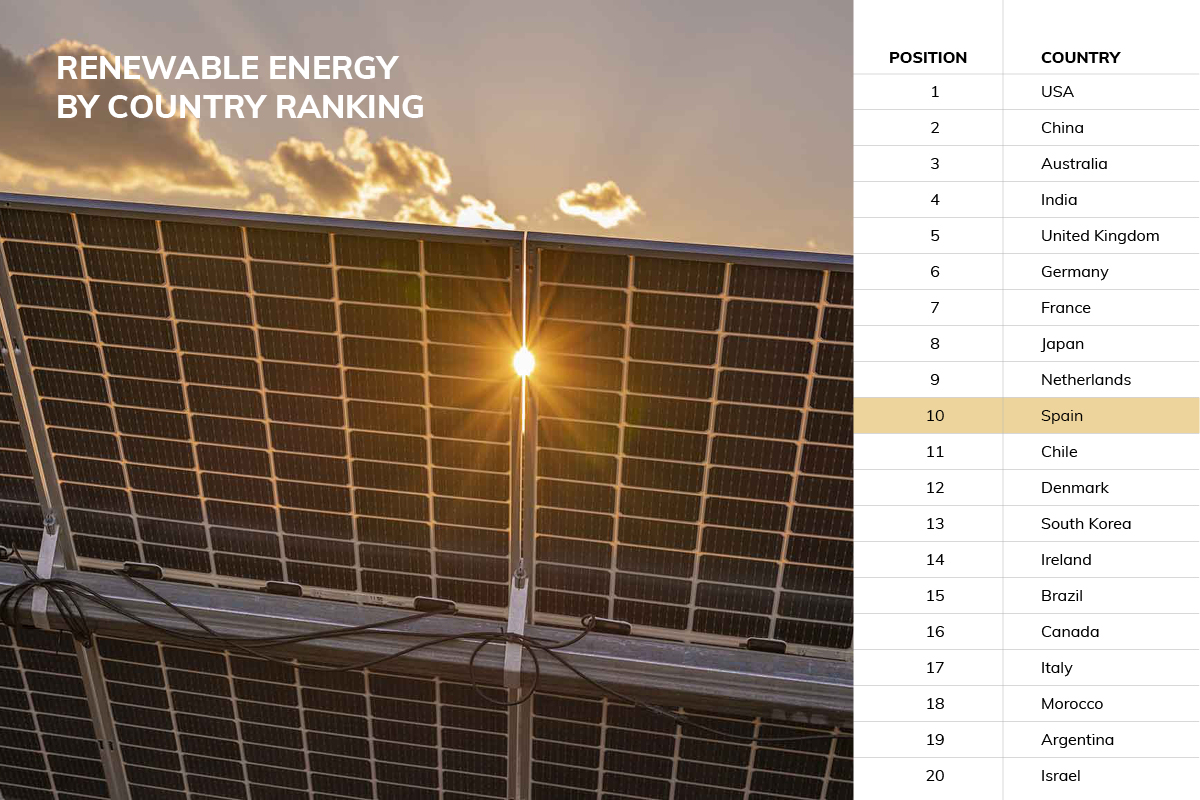
The country’s track record on the environment has not been great in the past, to put it diplomatically, and even now, a Centre for Sociological Studies survey reports that only 2.3 percent of Spaniards consider the environment to be one of the country’s main problems. Its Green Party is insignificant, and social and political issues like housing and corruption trumped ecology in the run-up to the last general elections. This is in sharp contrast to most of the rest of Europe.
Meanwhile, the relevant EU authorities regularly take Spain to task for breach of environmental regulations; in fact, by a factor of almost three with regard to other member states. And the country is still far from achieving the EU goal of recycling 50 percent of urban waste in 2020, according to the European Commission. On the plus side, compared with other western European nations, there is hardly anywhere to go for Spain but up.
But this country is also one of the world’s leader in wind power, being second in Europe after Germany, while solar power plants continue to grow like mushrooms all over the country. Successive governments have clearly begun to notice that the sun shines a lot in Spain.
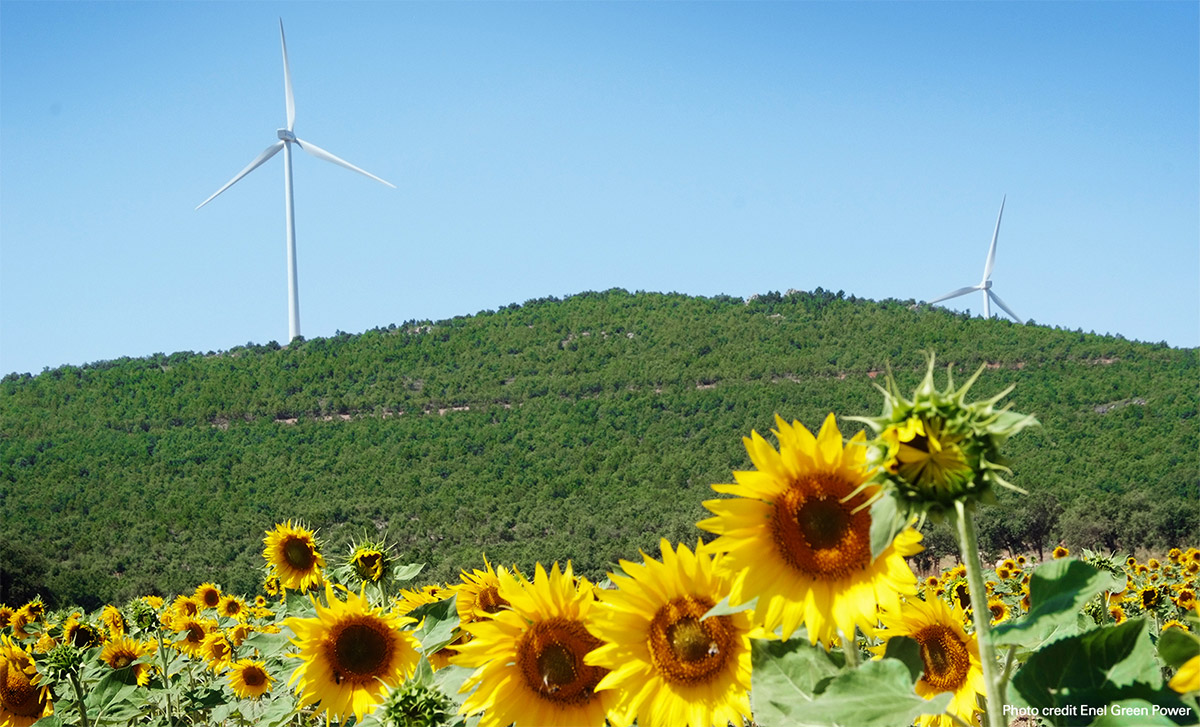
But too much, perhaps. Climate change is a serious threat to the country, which receives 25 percent less rain than 50 years ago, while average temperatures have risen by as much as eight degrees. Almost 90 percent of glacial ice in the Pyrenees has disappeared over the past hundred years, and predictions are for worse to come. The answer is renewable energy.
The country also has one of the highest shares of protected natural areas among the 36 members of the Organisation for Economic Co-operation and Development (OECD), according to the Paris-based group. Doñana National Park, a World Heritage-listed site, is one of the continent’s most extensive wetlands and refuge for migratory birds, despite ever-present threats by agriculture and the over-exploitation of water resources, and compared to Ireland, for example, Spain is rich in national parkland.
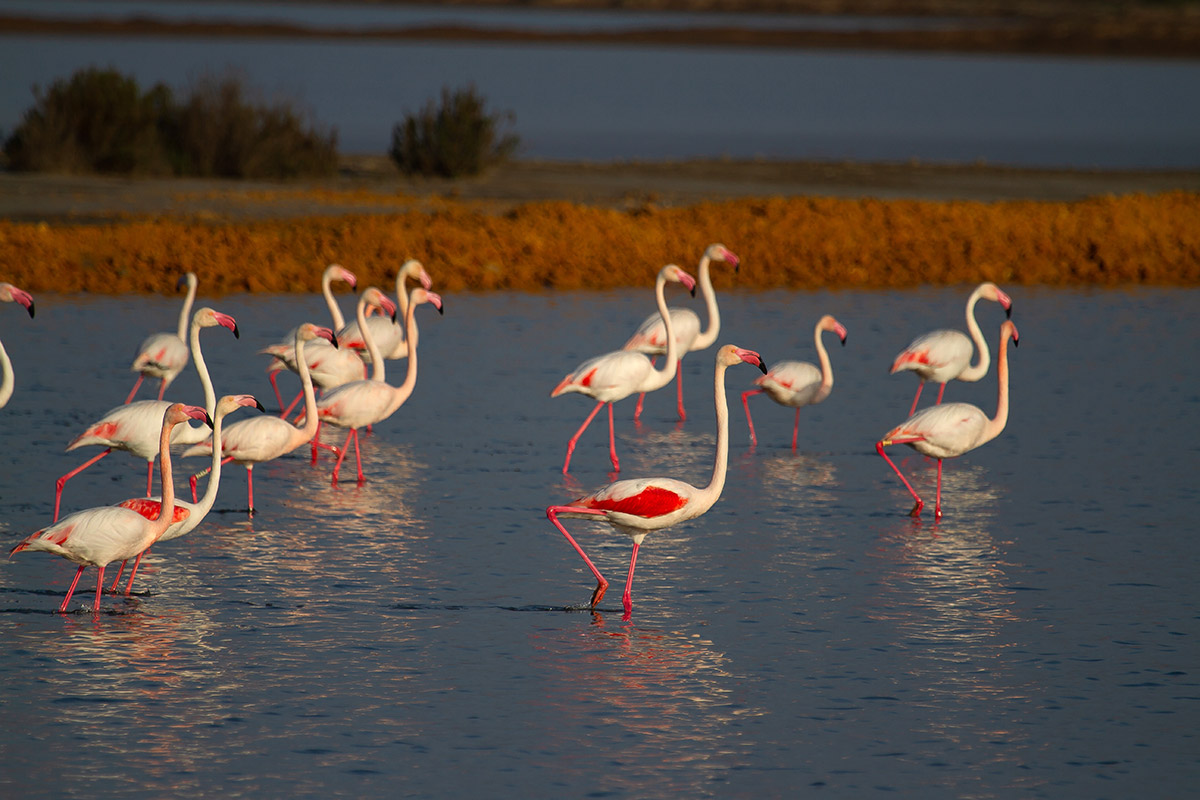
Two years ago, the government announced a new and ambitious environmental policy to end its dependence on fossil fuels, drawing 75 percent of its electricity from renewable sources by 2030, rising to 100 percent by 2050, the aim ultimately being to decarbonize its economy and cut greenhouse gas emissions by 90 percent against 1990 levels. New oil and gas exploration licences are no longer being issued, coalmines are being shut and nuclear energy is being scaled down. At the same time, the government has committed to installing at least 3,000 megawatts of wind and solar power capacity every year over ten years. This, of course, amounts to many new jobs and training programmes in the renewable energy sector.
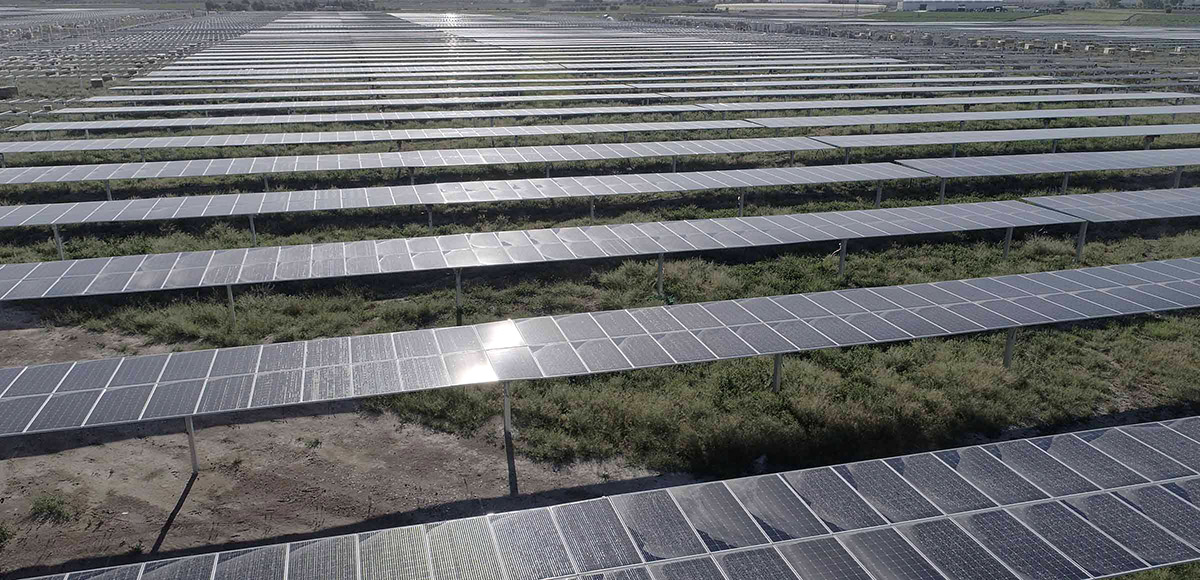
An example of one of the most progressive solar energy plants in the country is the Enel Green Power plant at Totana, in the Murcia region. It was even built as a model of sustainable construction, reducing its social and environments impact through strict adherence to the United Nations 2030 Sustainable Energy Goals, setting new standards for Europe as a whole by innovative procedures and meticulous planning. All waste was recycled, organic materials composted, and power needs provided by a solar array that has since been donated to a local day centre. Training schemes in renewable energy were provided for the area’s unemployed, and environmental awareness programs were introduced into schools. The plant now contributes 85 megawatts to the countries power grid.
There are other problems as well, the cities being one of them, with ever-increasing air pollution and traffic congestion causing health issues and reducing life expectancy. The transport sector generates an estimated 35 percent of total CO2 emissions in the country, and cars account for 11 percent of the total. To put it bluntly, the air in most of Spain’s cities is not healthy. The other is water supply, where an estimated 80% is used by farmers. A quarter of all water is lost in getting it to where it’s needed, and there are serious problems with water purification, which led to substantial European Court fines in 2018.
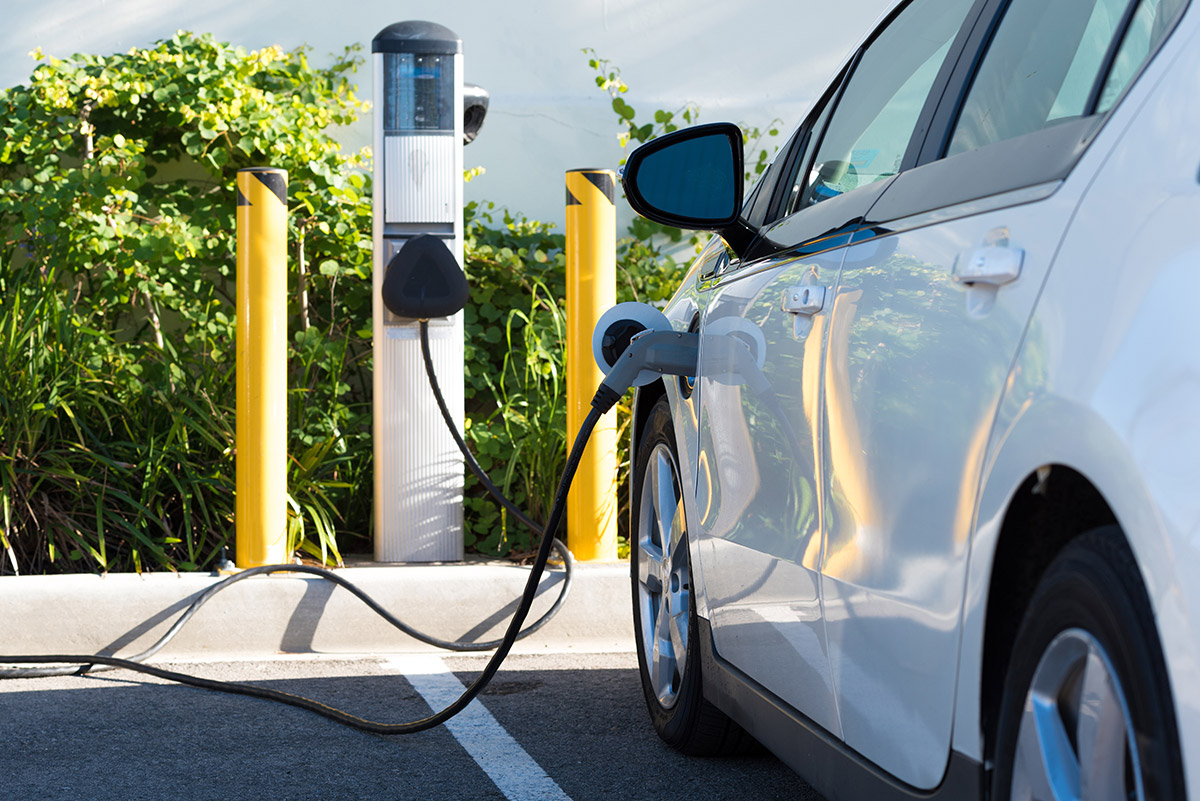
But the nation is fighting back. More efficient water management, improved air quality, better waste and urban biodiversity management has been undertaken, and now more than 60 cities in Spain are members of the Red Española de Ciudades Inteligentes (RECI), the country’s network of smart cities, which is committed to sharing experiences, collaborating on a sustainable management model, and improving quality of life through environmental protection and sustainability. An example of just one necessary measure is taking old cars off the roads, and the problem of traffic congestion is being solved to a large extent by the increased use of artificial intelligence. More metro tracks are being laid, more facilities to encourage the use of electric cars, more streets being designated as pedestrian only and measures being taken to reduce car traffic by the introduction of community bicycle sharing schemes.
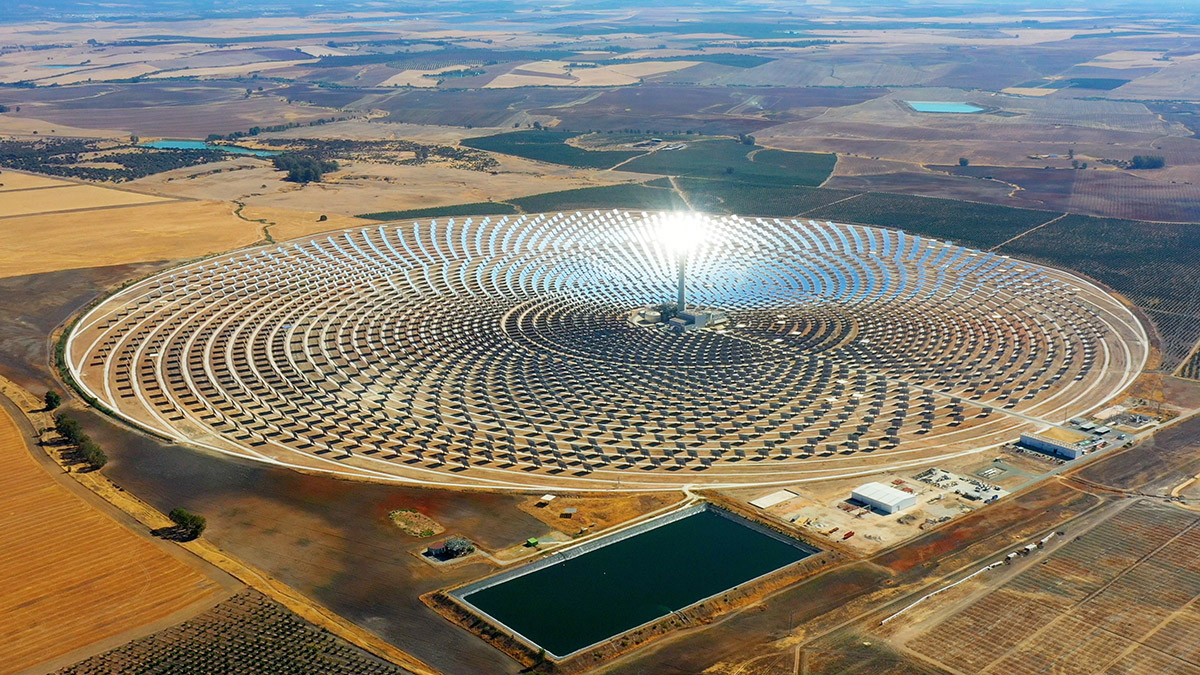
Sometimes, the slow starters get to the winning post first, and Spain could be one of them. It is already second in the world, after China, in high-speed train lines. It was never among the most highly industrialised nations in the world in the past, and so has less to lose by concentrating on newer and cleaner industries. And with an ever-increasing well-educated workforce, especially in the area of advanced technologies, the view from your airplane might be the same, but your perspective will certainly be different.
It may interest readers to know that BRIGHT, the development company who manage this blog, is a pioneer in the area of green property development in Spain. Their award-winning Villa Alcuzcuz was Marbella’s first luxury passive house, and their new Vista Lago Residences development is being built inside a country club that was the first project in the country to receive the BREEAM certificate (of environmental merit). Find out more about Vista Lago.






























































